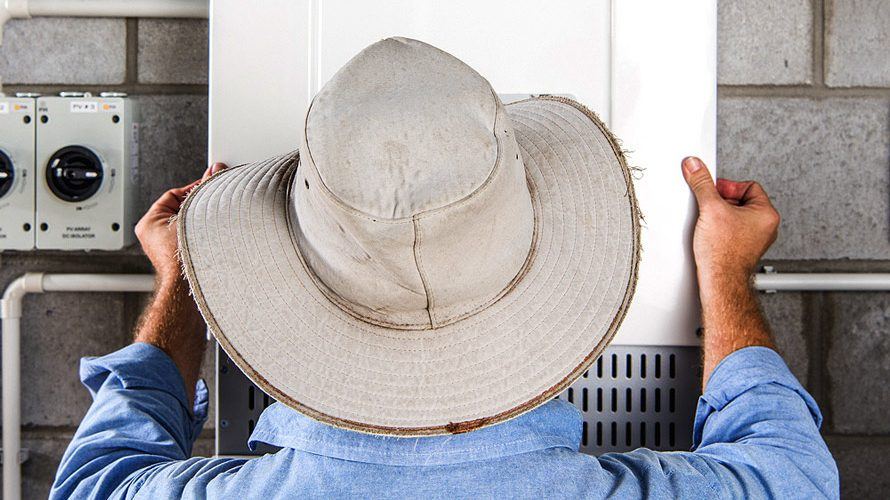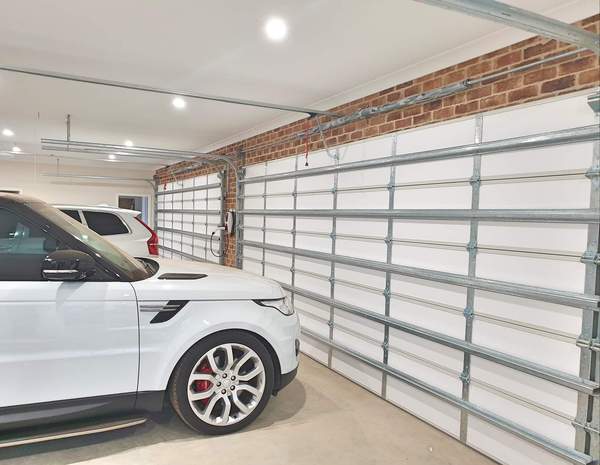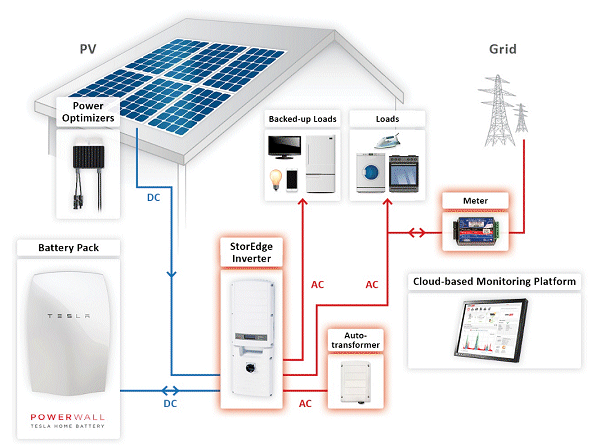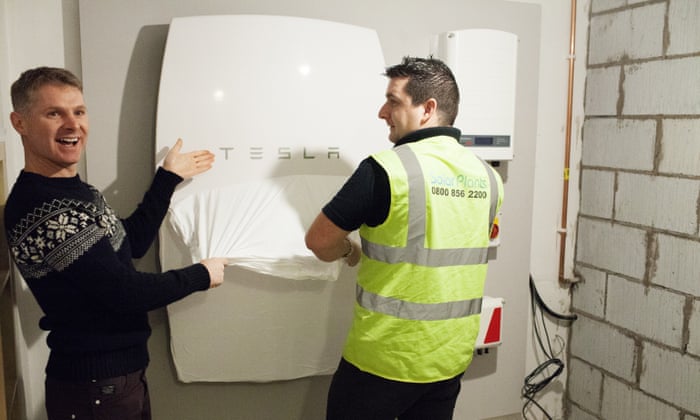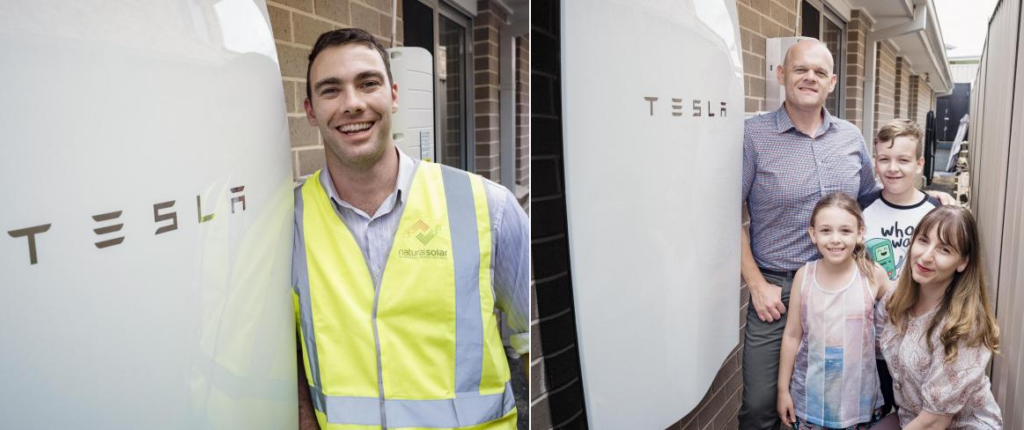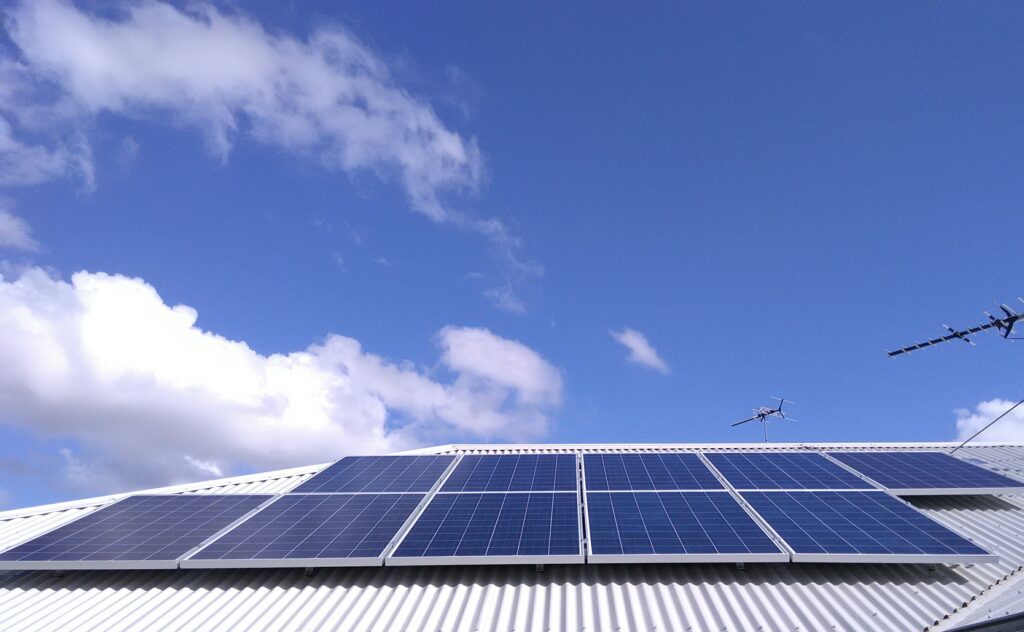Powerwall Six Months On
I’ve had the Powerwall six months now, or in fact a little longer. It would be more accurate to say I’ve had a functioning solar PV with battery system for seven months.
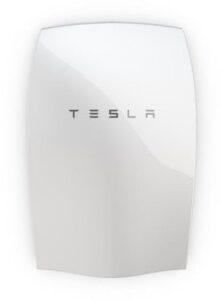
That dates back to when my meter was changed over to a basic bi-directional unit. Importantly, it is the date that billing with Diamond Energy started, with full and accurate detail of import and export.
I have had a total of three bills, the most recent of which covers 52 days from mid-June to early August. It stops there because I’ve moved from single-rate to TOU tariffs, so Diamond decided to make things easier for calculation purposes.
This post will put up the basically points of interest from the three bills and their relevant statistics.
POWERWALL SIX MONTHS ANALYSIS – PART 1
The first bill covered the period of 17th February through to 23rd March.
| Item | Days | Cost | Import | Export |
| Total | 35 | $23.89* | 121 | 322 |
| Average / day | – | $0.68 | 3.46 | 9.2 |
* This amount removes the $20 establishment fee with Diamond ($22 inc GST)
With a connection fee of just over $0.82 / day, and an export tariff of 8 cents/kWh, I was almost covering the connection.
Of course, import was going to hit a bit harder in summer time. The last week of February was a record-setter in Sydney.
The temperature was minimum 26oC / 79oF for nearly the whole week. Frequently the temperature was over 35oC (95oF) in the late afternoon, hitting those big, west-facing windows. I can only sweat so much!
That kind of heat requires air conditioning, which you can see in the red spikes below.
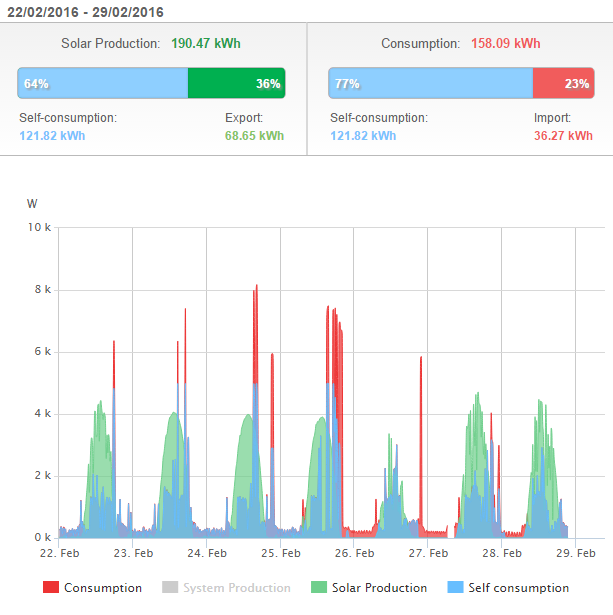
It probably wasn’t even the amount I imported, more a case of when it was imported.
This is a small precursor to what you can expect from an Australian summer in this part of Sydney region. No ocean breezes this far inland.
During this period I clocked some fairly hefty production figures, topping out at around 34kWh, with several days in excess of 30.
The heat of a Sydney summer makes me a little cautious in regard to power usage. In addition to the extended hours for the pool, the heat will require air conditioning. That means import.
January tends to be the wettest month in Sydney, and storm season.
POWERWALL SIX MONTHS ANALYSIS – PART 2
The start date was 24th March, running through until 17th of June, 2016. This was the big quarterly bill which grabbed the media attention here in Australia, with a few overseas articles published as well.
I won’t go into too much detail but the key data to consider
| Item | Days | Cost | Import | Export |
| Total | 86 | $50.39 | 244 | 736 |
| Average / day | – | $0.59 | 2.84 | 8.6 |
| Previous bill | – | $0.68 | 3.46 | 9.2 |
| Difference | – | -$0.09 | -0.62 | -0.6 |
As you can see, the daily figures show slight decreases across the board.
At my import tariff, this equates to 13.2 cents / day decrease in costs as I’m importing less.
The export is 4.8 cents / day cost increase as I’m exporting less.
This comes out to 8.4 cents per day. The actual decrease of 9 cents per day is due in part to rounding.
Additionally, Diamond single-rate tariffs step up by a small amount once you use more than a certain number of kWh per month.
The weather during this period was pretty good. We had long weeks of sunshine, with few rainy days. The temperatures were very mild, meaning we didn’t need air conditioning or heating.
POWERWALL SIX MONTHS ANALYSIS – PART 3
The latest bill runs from 18th June through to 9th August, or a total of 52 days over winter.
In terms of “winter”, I should mention it never snows here. The closest snow I think fell about an hour’s drive away, in the Blue Mountains. It isn’t frosbite territory, and with the climate warming, isn’t ever likely to be. Short of another ice age, I guess.
We do get frosts, sometimes on consecutive days, and the lack of double-glazing, with basic wall and ceiling insulation batts, does mean the house gets cold. We also have a lot of tiled floor.
This bill gives a valuable insight into the changes that occur, in a period with less sun and more heating.
| Item | Days | Cost | Import | Export |
| Total | 53 | $67.25 | 288 | 335 |
| Average / day | – | $1.27 | 5.43 | 6.3 |
| Previous bill | – | $0.59 | 2.84 | 8.6 |
| Difference | – | +$0.68 | +2.59 | -2.3 |
A little over double for daily cost, and the reasons why are fairly obvious.
Import rose by 91%, and export fell by nearly 27%. So it cost me an extra 50 cents per day for import and I missed out on around 18 cents for export. In the ballpark at 68 cents.
There were only a couple of days where we ran the heating longer than an hour or so. With the big motor on this ducted system, that was more than enough to start hitting the import hard.
Next winter, with TOU now in place, we’ll be a bit smarter. I’m talking to Reposit about the best ways to utilise off-peak power, and how their software handles it.
Note: the reason behind the short interval for this bill is replacement of my meter. The GridCredits scheme is reliant on a sophisticated unit, which I’ll put up video of when I get the time.
SUMMARY
Putting all the information into a table gives a nice summary of the solar with Powerwall six months down the track.
| Item | Days | Cost | Import | Export |
| Part 1 | 35 | $23.89 | 121 | 322 |
| Part 2 | 86 | $50.39 | 244 | 736 |
| Part 3 | 53 | $67.25 | 288 | 335 |
| TOTAL | 174 | $141.53 | 653 | 1393 |
| Daily avg | – | $0.81 | 3.75 | 8.01 |
Not bad, though of course I have yet to experience a full summer with this system.
Summer will mean more power imports as we use the air conditioning. It also means longer daylight hours. Greater export will offset higher import, to a degree.
Compared to winter, where heating and shorter daylight hours have clearly had an effect, summer should be slightly better. I’m still at the mercy of those 40oC+ days, but at least I can pay them back a bit.
Of course, as panel temperatures rise above 25oC, efficiency will drop. More light = more heat in summer, so I might not see many days above 35kWh with the existing system.
Autumn and Spring are looking like the “Kill Bill” (*snigger*) periods for the year. The milder weather and lower heating/cooling requirements are really where its at.
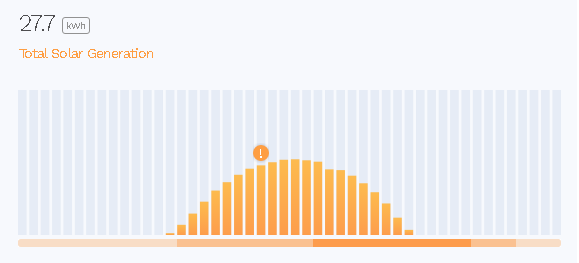
Winter is going to be an issue ongoing, with lower daylight hours, and heating requirements. Summer will still need a lot of electricity imported, but can be offset with big exports.
The real challenge, moving forward, is to maximise self-consumption, and minimise waste. As always.
If I can keep the costs below $1 / day for my electricity, even with recent increases in tariffs, then I’m well on track to save $1900 in the first year. Maybe more after that!



